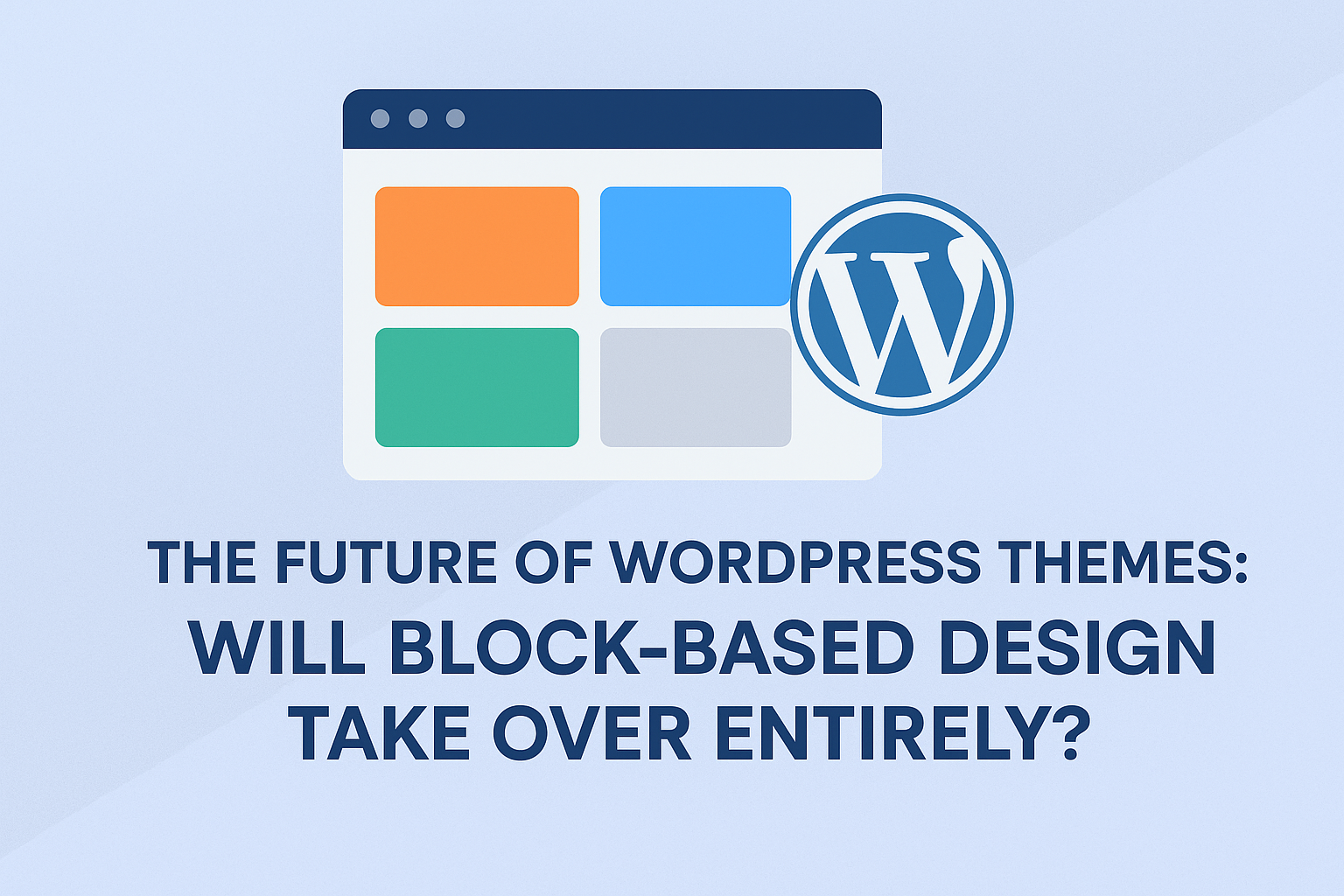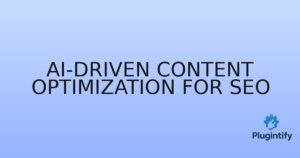The Future of WordPress Themes: Will Block-Based Design Take Over Entirely?
The WordPress ecosystem is evolving faster than ever, and one of the most transformative changes is the shift toward block-based design. With the introduction of Full Site Editing (FSE), traditional PHP-based themes are facing an identity crisis — and developers are wondering: is this the end of classic themes?
1. What Are Block Themes?
Block themes allow you to design every part of your site — headers, footers, templates, and more — directly in the WordPress block editor. They use theme.json for configuration and rely heavily on Gutenberg blocks instead of template files.
2. Why Block-Based Design Matters
The move to block themes isn’t just aesthetic — it’s about control and performance. It empowers non-developers to design websites visually, and it creates consistency across WordPress core and plugin interfaces. With better customization and less code dependency, users gain freedom without complexity.
3. The Future of Traditional Themes
Classic themes won’t disappear overnight. Many agencies and developers still prefer PHP-based templates for flexibility and performance. However, as WordPress.org increasingly highlights block themes, the balance is shifting toward this new paradigm.
4. How Developers Should Prepare
If you build WordPress themes or plugins, now is the time to adapt. Learn to use theme.json, dynamic blocks, and block templates. Hybrid themes — mixing PHP and blocks — are a great transition path.
5. Conclusion: Adapt or Be Left Behind
Block-based design is not a passing trend — it’s the future of WordPress. Embracing this shift early will give your themes longevity and relevance in the no-code era.
Interested in mastering WordPress theme innovation? Check out more guides on Plugintify.com.




